6 Most Popular Summer Animals in Canada
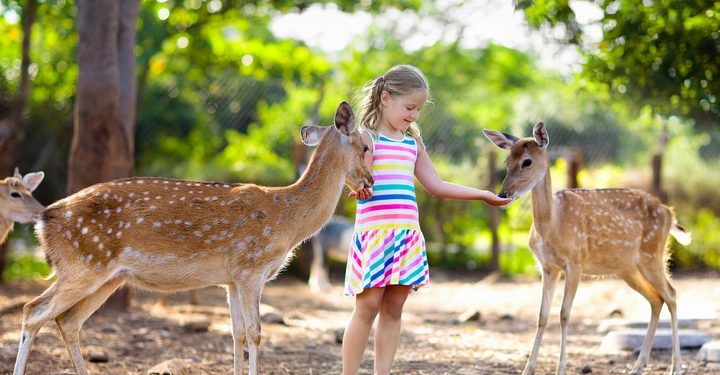
Most nature or animal lovers dream of seeing wild animals in their natural habitats. Where do you get this experience? National parks, reserves and national marine conservation areas that are home to a large variety of species, some of which are unique to Canada. There are numerous areas to camp, hike and adventure in Canada, meaning there is a good chance you’ll encounter the extraordinary wildlife.
However, it’s important to do your research on Canada’s wild side before venturing into the wild. Your summer camp adventure should commence by doing your research on the types of animals you are likely to encounter out there in the woods.
Here are the most popular summer animals you will find in Canada and what to do if you encounter them.
1. Wolves

In the dog or canid family, the wolf is the largest species. There are two kinds of wolves; the grey wolf and the red wolf. The grey wolf lives in mountainous and forested areas where goat, deer and moose and other large game animals abound. Most of them are found in cold areas and tend to avoid humans. They are intelligent and have excellent hearing, a trait that aids them in staying at a safe distance from potential predators.
Wolves are, however, a threat to injured or otherwise weak humans. If you encounter these creatures, stand your ground and do not run or turn your back. Raise your arms to give them the illusion you are larger and maintain eye contact. Also, use clubs and sticks so that you don’t fall.
2. Bears
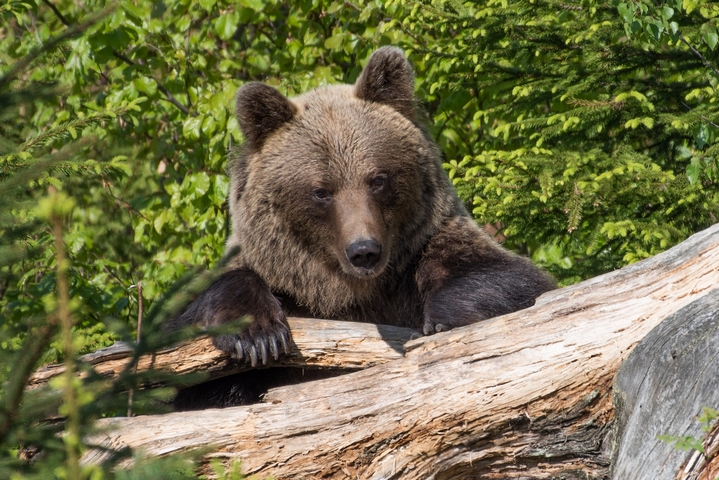
There are three common bear species. These are the black, grizzly, and polar bears. Black bears are the smallest of the three species in North America. They have short, non-retractable claws that enable them to climb trees. They are intelligent, curious and always in search of food. Therefore, ensure your food and garbage are beyond the reach of animals and collect and dispose of your garbage at the designated areas.
Grizzly bears are majestic symbols of the wild. They are often dark brown but can vary from very light cream to black. These are mostly solitary animals who don’t take kindly the invasion of their privacy. Make sure you do not startle one. You should also carry bear spray with you just in case you may have to defend yourself.
Polar bears are the largest land carnivores in the world. Of the bear species, these are the most carnivorous. Their primary food is fat carved off ice-dependent seals. If you come across them, they are most likely looking for food. Do not run or turn your back. Do not make eye contact as well. Retreat peacefully.
3. Cougars
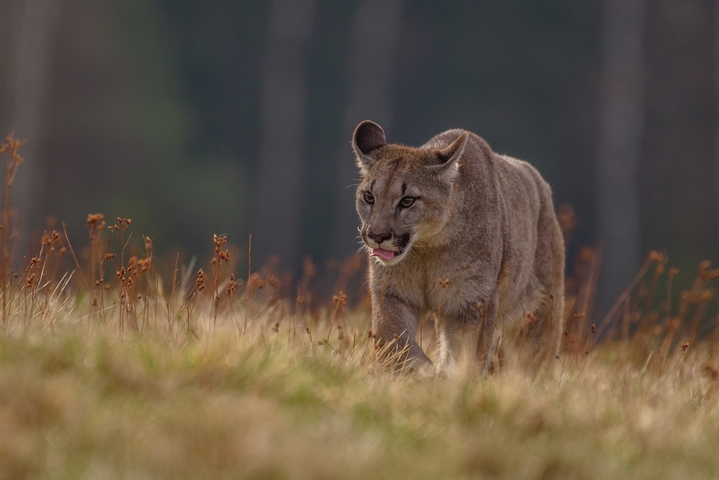
This powerful predator is also known as a panther, puma or mountain lion. They like to prey on deer, but also eat smaller animals such as porcupines and raccoons. They are most active at dusk and dawn. If you find yourself face-to-face with one of these, do not run. Just step back slowly, looking them in the eye, and never turn your back on them. Another effective strategy is to raise your hands, speak firmly with a raised voice, and throw rocks at them but make sure you don’t hit them. This should hopefully convince them you are neither prey nor a threat. You may also want to allow them an avenue of escape, so they don’t feel trapped and attack. You can use any weapon you have with you should you have to defend yourself.
4. Moose
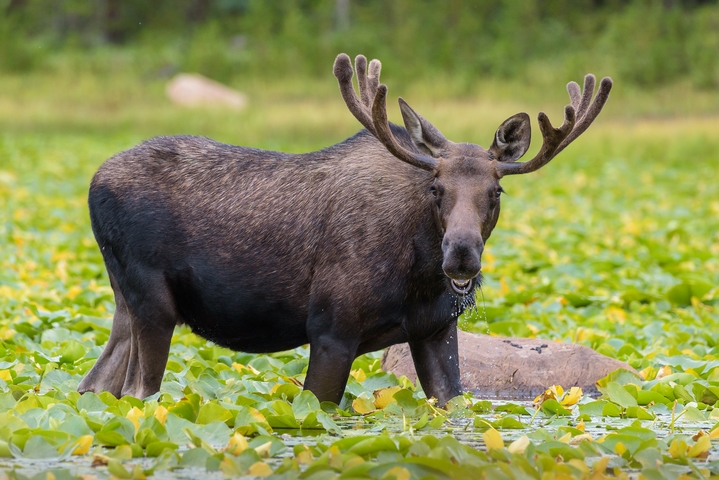
The moose is the largest member of the deer family. Their size of between 600-800 kilograms makes them a real threat. If you come face to face with a moose, keep a safe distance. They know they are some of the largest animals and do not intend to cede any ground. Once you notice them, beat a hasty exit or find something such as a tree to separate you and the moose.
5. Snakes

These are elongated, limbless, flexible reptiles. Canada is home to many species of snakes, most of which are neither dangerous nor poisonous. 80% of snake bites occur when people stick their hands or feet in places where snakes are. If you happen to see one following you, stomp your feet. Confused by the vibrations, the snake will leave you alone. Should you get bitten by a snake, avoid sucking the poison out. Wash the bite, apply a tourniquet, and get medical help.
6. Coyote
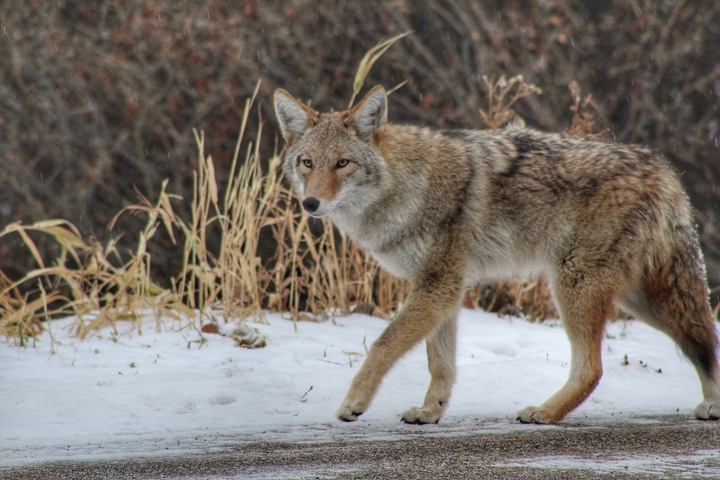
The coyote is a canine that is smaller than its close relatives, the gray and red wolves. Modern coyotes have displayed their cleverness by adapting to the changing landscape. Although these canine species once lived largely in deserts and on prairies, today they can be found roaming on mountains and forests. Although they pose a bit of danger to small children, they are a more significant threat to dogs, especially when walking in packs.


